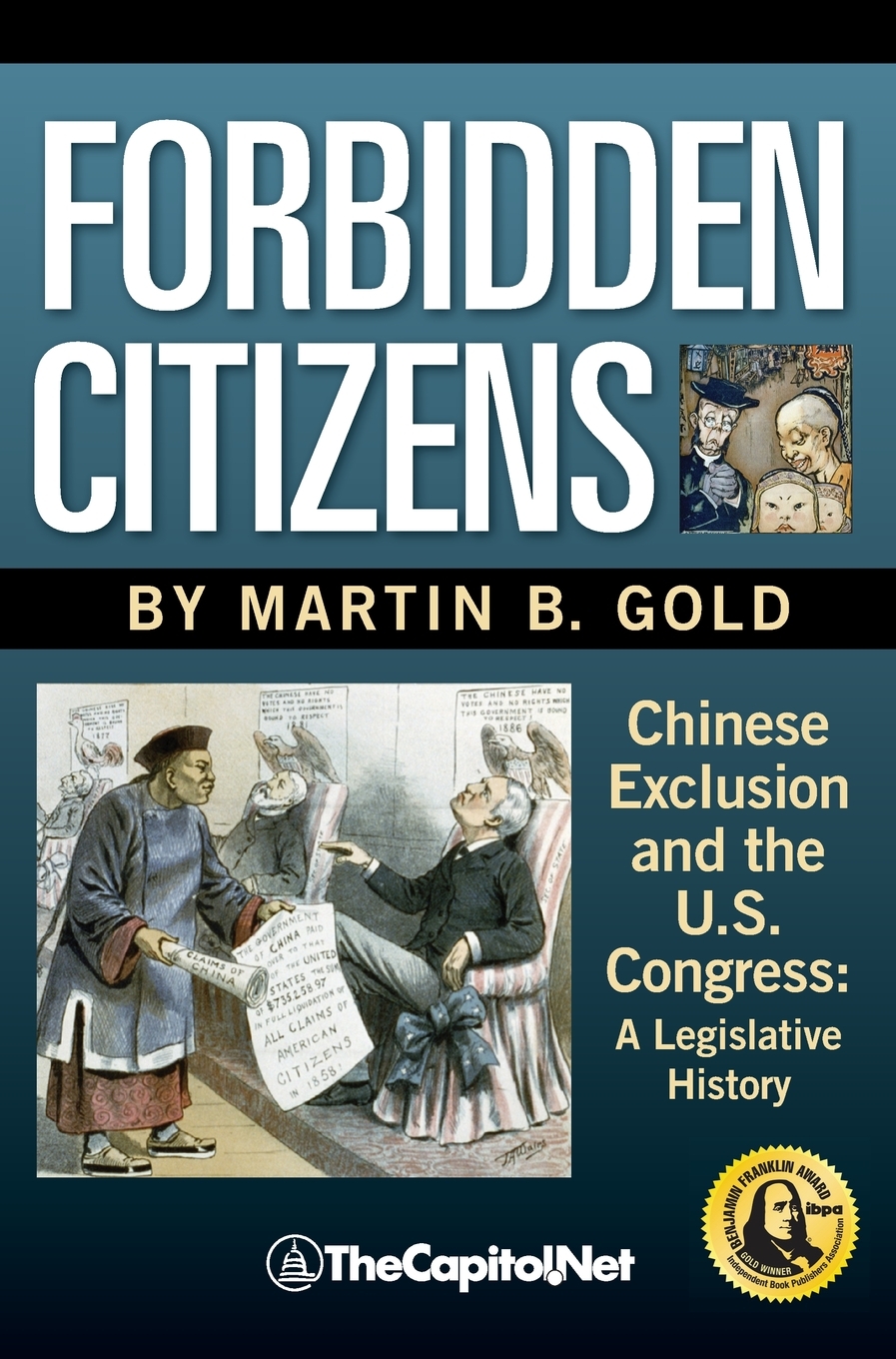 |
 |
Senator Hannibal Hamlin of Maine was upset. The Chairman of the Senate Foreign Relations Committee was unable to stop in committee or in the full Senate legislation he personally opposed, but the majority of his colleagues supported. It was the Fifteen Passenger bill of 1879, and it barred any ship that carried more than fifteen Chinese passengers from docking in the United States. On the Senate Floor, Hamlin denounced the bill as violating the principles of America's Declaration of Independence and its Constitution. Hamlin had been Abraham Lincoln's first Vice President and was an ardent antislavery man. He concluded his speech by saying that he would leave his vote against the bill as a legacy to his children that they might esteem it the brightest act of his life. That day, Hamlin lost. However, U.S. President Rutherford Hayes correctly believed that the bill violated existing treaty commitments with China that permitted the free movement of peoples, so he vetoed it. Legislation restricting Chinese immigration was momentarily deferred, but not for long.
The President and Congress were under strong pressure from California to restrict Chinese immigration. The state was feeling the effects of a major economic turndown. Immigrant labor from China was competing with native labor for scarce jobs. Chinese workers, who had been welcomed when they arrived to build the Transcontinental railway and had remained in California, were now less welcome. So Hayes sent diplomats to China to negotiate a revised treaty. Agreed to in 1880, the change permitted the US to impose reasonable restraints on Chinese immigration. American diplomats assured China that restrictions would be narrow in scope and brief in duration, which proved not to be the case.
Early in 1882, Congress passed legislation stopping immigration of both skilled and unskilled Chinese labor for twenty years and barred Chinese already in the United States from becoming American citizens. That was too extreme for President Chester Arthur, who considered it inconsistent with the revised treaty. He vetoed the bill. But legislators came right back with a version that imposed a ten-year ban instead of twenty. Arthur bowed to the will of Congress and signed it on May 6, 1882. The measure became known as the Chinese Exclusion Act.
In the years that followed, Congress returned often to this topic, either to strengthen the legislation or to extend it as temporary restrictions were due to expire. Further bills passed in 1884, 1888, 1892, 1902, and in 1904. The final version was made permanent law.
At the time these laws were passed, immigration to the United States was very much open. My own grandfather arrived in New York at age 20 from Russia at the end of 1907, the peak year for immigration in America. He learned English in night school while working in the apparel business and became a U.S. citizen as soon as he was legally eligible to do so. He had those opportunities because he was a European. Had he been Chinese in 1907, the laws would very likely have kept him out, and even if he had somehow come in under one of the very limited exemptions then available, he could not have become a citizen. I felt that what was good enough for my grandfather should have been good enough for the laobaixing. Because it wasn't, it was clear to me that there was an obvious wrong.
In 1943, President Franklin D Roosevelt asked Congress to repeal this body of legislation. China and the United States were wartime allies. Earlier that same year, the United States had renounced extraterritorial rights in China, which had been in place for a century. Legislators responded affirmatively to Roosevelt’s call. On December 17, 1943, the President signed the repeal bill into law, ending a terrible policy that had been the US law for over sixty years. Restrictions on naturalization were immediately lifted and China was given an immigration quota like other countries, although because of the cumulative effect of years of restrictions, it was initially modest.
Beginning in 2009, major Chinese-American organizations initiated efforts in Congress to seek expressions of regret from the Senate and House for this painful history. My law firm, Covington & Burling, agreed to represent them free of charge. I was lead partner on this effort and had lots of great help, including crucial advocacy from Chinese-Americans.
Even though it had been many decades since anyone had to live under these unfair and discriminatory laws, the effect of the policy had been broadly hurtful over generations. Modern day Members of Congress knew little to nothing about this story, but were willing to be educated and agreed that a significant injustice had been done.
On May 26, 2011, Representatives Judy Chu of California and Judy Biggert of Illinois Introduced a resolution of regret in the House of Representatives. On the same day Senators Scott Brown of Massachusetts and Dianne Feinstein of California introduced a similar resolution in the Senate. Both Chu and Brown were new to Congress then. She was the first Chinese-American woman ever to serve on Capitol Hill . Brown was not Chinese at all, but was from the same state as Senator George Frisbie Hoar, a leading senator from the late Nineteenth Century, who had consistently opposed Chinese exclusion legislation every time was offered. I asked Brown to stand in Senator Hoar’s shoes, if he would. And he did.
The Senate acted on its resolution first, passing it unanimously on October 6, 2011. The House followed suit with its resolution on June 18, 2012. Following passage in the House, I walked with Representative Chu into Statuary Hall, the old House chamber, and now a repository for commemorative statues sent by the states to the Capitol building to honor their leading citizens. Each state is entitled to two, and one of Maine’s is the statue of Hannibal Hamlin. I told Representative Chu about his courage in 1879 and said that we had that day redeemed his principles. Leaving the Capitol at the end of the day, I approached the Hamlin statue again, put my hand on his shoe, and spoke three words: “thank you, Senator.”